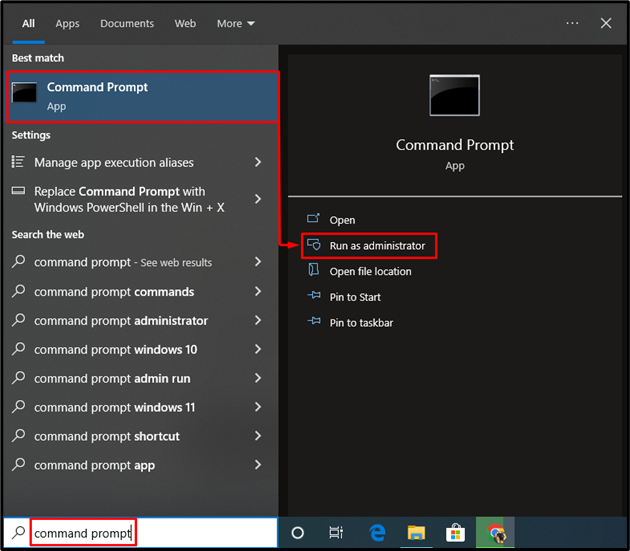This write-up will guide you about the Windows 10 system requirements and the procedure to run a compatibility test for Windows 10 installation
What are the Minimum System Requirements to Install Windows 10?
In order to install Windows 10 on a computer, below we have mentioned the system requirements. Remember these are the basic system requirements; if your system has higher specifications, then it will directly affect the speed and performance of your system:
| Processor | 1 GHz (Gigahertz) |
| RAM | 1GB for 32-bit OS, and 2GB for 64-bit OS |
| Hard Disk Space | 16GB for 32-bit OS, and 32GB for 64-bit OS |
| Graphics Card | DirectX 9 with WDDM driver 1.0 |
| Display | 800×600 |
What are the Recommended System Requirements to Install Windows 10?
To run Windows 10 more smoothly, we recommend you to install and run Windows 10 on the systems which meet the below system requirements:
| Processor | 2 GHz (Gigahertz) Dual Core Processor |
| RAM | 2GB for 32-bit OS, and 4GB for 64-bit OS |
| Hard Disk Space | 32GB for 32-bit OS, and 64GB for 64-bit OS |
| Graphics Card | DirectX 9 with WDDM driver 1.0 |
| Display | 800×600 |
Now, let’s head towards the next section!
How to Run the Compatibility Test for Windows 10?
Windows 10 compatibility test is performed to check the system specifications and analyze whether the system can run Windows 10 or is not capable enough. To do so, we will use:
- Windows 10 Update Assistant Tool
- Command Prompt
Check out the stated methods one by one!
Method 1: Perform Compatibility Test Using Windows 10 Update Assistant Tool
In order to check the compatibility for Windows 10, Microsoft has launched a tool named “Windows 10 Update Assistant”. It checks the hardware specifications and lets you know if you need to upgrade the system or not.
Step 1: Download Update Assistant Tool
The Windows 10 Update Assistant Tool can be downloaded from here:
This will download Windows 10 the Update assistant tool
Step 2: Run Windows 10 Update Assistant
Next, go to the “Downloads” folder and look for the downloaded file, right-click on it and select “Run as administrator”:
Click on the “Update Now” button:
The “Windows 10 Update Assistant” tool will run a compatibility test to check the system specifications. If your system passes the test, then it is capable of running Windows 10:
Method 2: Perform Compatibility Test Using Command Prompt
Command Prompt also permits you to check the compatibility of your hardware with the Windows 10 installation setup. To do so, launch the Command Prompt (CMD) from the Start Menu and run it with the administrator privileges:
Now execute the below command in the CMD console to run the Windows 10 compatibility test:
Compatibility appraiser testing process will be scheduled, and it will take up to 10-15 minutes:
After some time, it will show a report whether Windows 10 can be installed or not.
We have compiled information related to Windows 10 system requirements and compatibility tests.
Conclusion
Windows 10 system requirements are pretty simple. Both minimum and recommended requirements are provided by the developers. Moreover, you can also check Windows 10 minimum system requirements using the Windows 10 update assistant or compatibility appraiser utility of the command prompt. This manual discovered the basic and recommended Windows 10 system requirements and offered the procedure to run a compatibility test.






